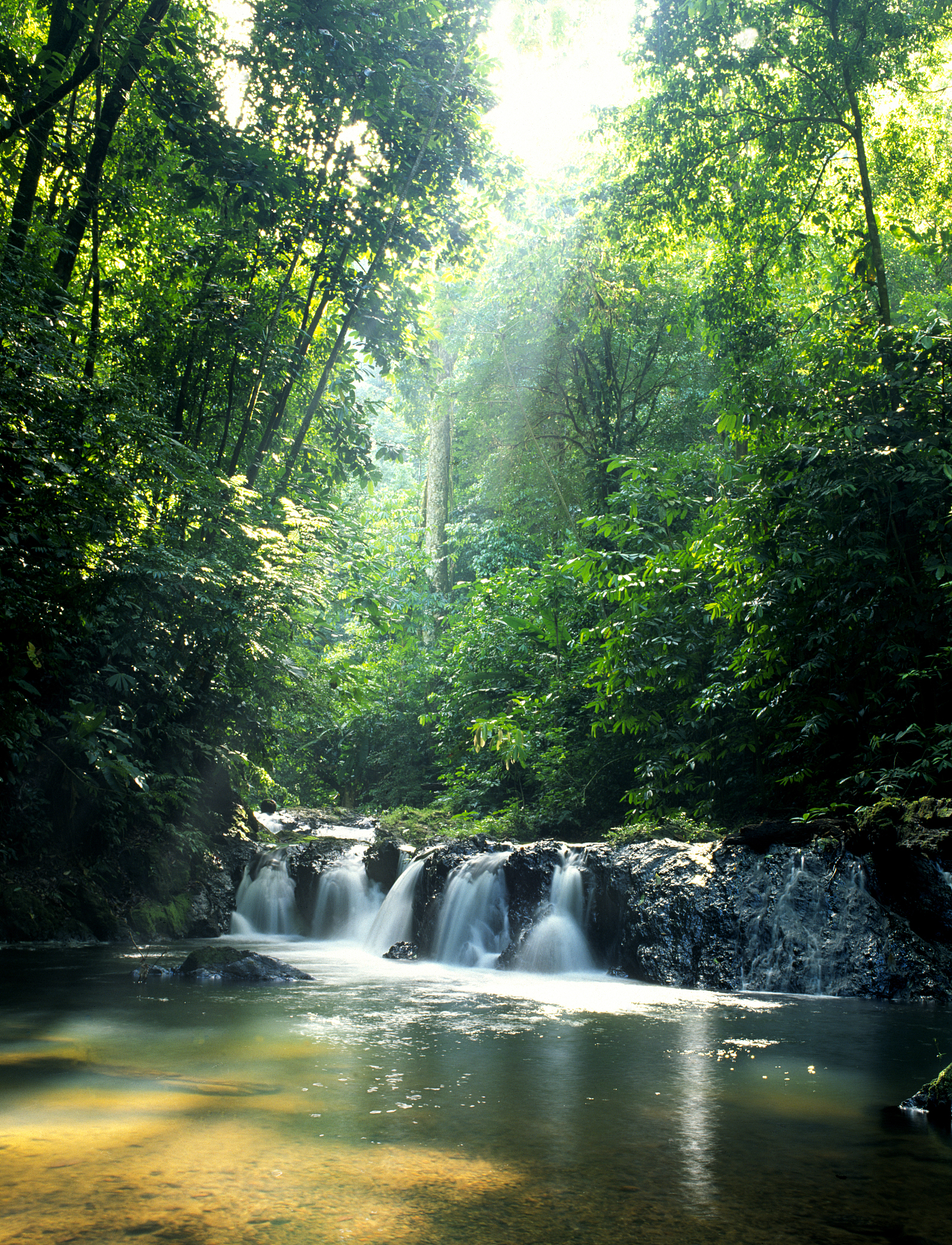Approximately 500 years ago, the diaries of explorers and navigators began to recount mysterious tales of tropical rainforests: primordial jungles so dense and towering that they obscured the sky, with giant trees interwoven by vines, creating an impassable labyrinth. At various heights, branches hosted a plethora of plants, forming a dizzying aerial garden. The Asian rainforest, located in Southeast Asia, has endured for 130 million years, making it even older than the Amazon rainforest. Together with two other major rainforests, it has shaped the soil, resources, and culture of Southeast Asia, standing as a guardian of the Earth’s health.

Although covering only 7% of the land area, tropical rainforests constitute the largest repository of biological diversity, often referred to as the world’s largest pharmacy. Over a quarter of modern prescription drugs are derived from the rainforest. With half of the world’s total plant species, these ecosystems produce leaf litter at a rate of 4.5-12.6 grams per square meter every day. Their dynamic growth and decline not only reflect changes in surface environments but also directly impact global climate regulation. Responsible for oxygen production, dust removal, noise reduction, sterilization, air purification, and water filtration, the invaluable contributions of these mysterious rainforests to our habitable planet are immeasurable.
Regrettably, tropical rainforests are disappearing at a rate equivalent to 10 football fields per minute. Today, rainforest areas have diminished to one-third of their extent a century ago. An article in the journal "Nature" notes that Indonesia has surpassed Brazil, becoming the country with the highest deforestation rate of primary forests globally. The rolling haze has traversed Sumatra and reached Malaysia and Singapore. The causes extend beyond rampant logging, including excessive agricultural expansion, development, climate change, and environmental degradation.

Once, the grandeur of Angkor flourished for 500 years until deforestation and construction, driven by population growth, ultimately led to its demise. From the Khmer Empire in Southeast Asia to the Maya civilization in Central America, history repeatedly questions humanity: without tropical rainforests, who will sustain the delicate and intricate balance? When that time comes, countless civilizations may face an abrupt interruption.

